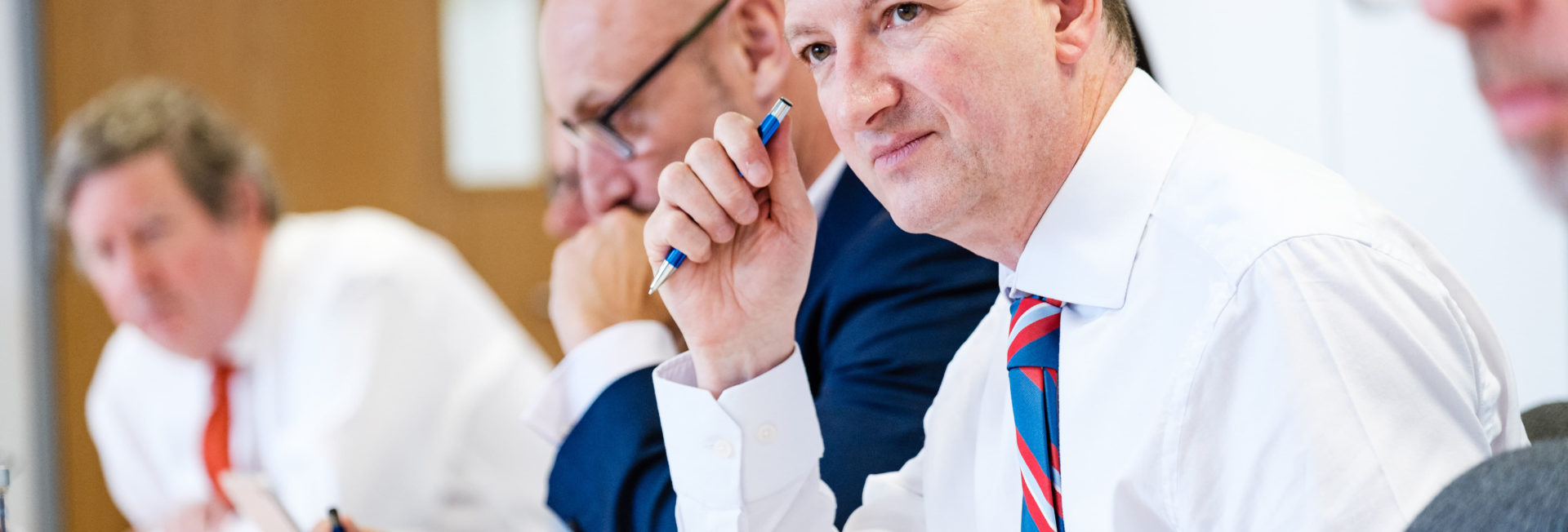How to Get the Best Settlement Result from Commercial Mediation
by Andy Rogers
A key objective of Mediation is to find a workable settlement.
For parties in dispute, this might seem like a fairy tale but mediation does work.
Although the data supports that the vast majority of cases are resolved in mediation (CEDR Mediation Audit 2018 of 12,000 cases: 89% settled on the day or shortly after), there are still some – typically the uninitiated – that doubt the successfulness of the process.
It may be that some of these doubts can be best dispelled by lawyers and their clients approaching mediations differently, in order to give them confidence in finding a successful outcome.
The purpose of this article is to get external and internal lawyers to think about overcoming the final hurdle and concluding a good settlement agreement.
Understanding What Influences a Settlement Agreement
By looking at the factors shaping the drafting of a resolution, lawyers can help their clients formulate and prepare the building blocks for settlement.
- The Money. Whilst the financial element of any settlement agreement would seem to be obvious, a party can get into trouble if they only consider their own position. For example, is the claimant’s business is in trouble so they can’t afford not to have a payment? Does a defendant need to be given time to obtain funds in a way that payment can be assured? Thinking about these types of considerations are necessary to finding the ‘sweet-spot’ for settlement.
- The Legal Case. Whilst the legal case was critical to the progression of the dispute to date, it ends with the drafting of the settlement agreement. With this in mind, a party being overconfident (or even feeling vulnerable) about their case should be taking a backseat to the prioritisation of creating a workable, practical settlement that will frequently need some degree of concession. This can often be most noticeable with clients who have a legal background, who can sometimes experience separation anxiety at the thought of moving away from their legal case.
- Personal Factors. The feelings of those involved in the dispute cannot be underestimated in their ability to prevent resolution. These will tend to come under a couple of main headings: anger and resentment over what has happened; personal dislike of someone on the other side; and concern over personal and professional reputation and job security.
The good news is that the mediator is there to help parties address and work through all of these issues. However, by being prepared it can help clients and their lawyers negotiate more efficiently and to be more able to predict what a realistic settlement agreement might look like.
Practicalities
There are a number of important steps that lawyers can take to ensure that they and their clients can achieve the best settlement agreements possible.
- As the typical form of settlement is a contract that ends the dispute, lawyers should create a draft form of this to take to the mediation with as much detail included as possible. Crucially there should be a way to edit this at the mediation (i.e. a laptop), when it comes to the time to draft what has been agreed, and ideally a way to print it out so that the contract can be signed. The CEDR Model Settlement Agreement exists as a pro-forma for this purpose.
- Identify all issues to be included. This might not be as simple as it first looks, just as a dispute may have more than a few different aspects. Payment terms should be considered, of course, and this includes the timetable for payment(s), as should the ending of any current litigation. However, what about any future trading relationship? And who is allowed to know about this agreement and how should this be phrased in the drafting?
- Allow enough time for the drafting to take place and for the lawyers to do their job correctly. In our current world of social distancing, with online mediation, time pressure might not be quite the same. However, in face-to-face mediation, it may seem tempting for a client to book themselves on a 7pm train or plane home (or even book theatre tickets) but if they are still needed at the mediation to sign the agreement, this expense will be wasted. A lawyer should ensure that after drafting their client has and takes the time to understand the contract they are signing.
- As a contract, the settlement agreement needs to work. Lawyers check the contractual viability for a living but at the end of a long day inconsistencies in drafting can be harder to spot, meaning attention to detail is important. Some lawyers talk of a ‘drafting advantage’, to be the side that produces the first agreement draft, however, any benefit is almost always limited by the need to find a resolution that is workable and that both sides believe is acceptable.
- Heads of Terms (or Heads of Agreement) may be an acceptable solution. If both sides find an accord but simply cannot get all of the drafting done in the allocated time or without referring to other documents then this statement of intent can be a useful tool. Both sides need to sign this proto-contact, which must contain a timescale under which the full settlement agreement will be completed (and signed) by both parties. A settlement agreement however is always preferable as rarely are all of the items in a Heads of Terms legally enforceable.
No Settlement on the Day?
So what if settlement on the day eludes the parties? All is definitely not lost as the mediator should perform a number of key tasks that will mean the door to resolution has not closed.
- Summarising the negotiation: Mediators should ensure that parties know what has been agreed and what issues that need further negotiation. With the parties’ agreement, the mediator may note this for the parties in a summary marked ‘without prejudice’ to the parties and clearly stating that it is covered by the confidentiality of the mediation.
- A plan: Mediators frequently agree to keep in touch with the parties to help them negotiate in a defined timescale (although the terms of the mediator doing so can vary widely) but at the very least the mediator should leave the parties with an idea of next steps they should be taking to keep the conversation going.
- Acknowledgement: If at all possible, the mediator will acknowledge the progress the parties have made and importantly keep them willing and motivated to carry on negotiating past the mediation day.
Accordingly, in the days after the mediation, these elements should hopefully enable to the lawyers to continue to work with their clients and the other side to explore and finalise a settlement.
Conclusion
Whilst literary experts have no authoritative definition of what constitutes a ‘happy ending’, for those who engage in commercial mediation the workable settlement agreement is not only a satisfying conclusion but also the most likely outcome, providing that all those involved prepare for and engage in the process.




